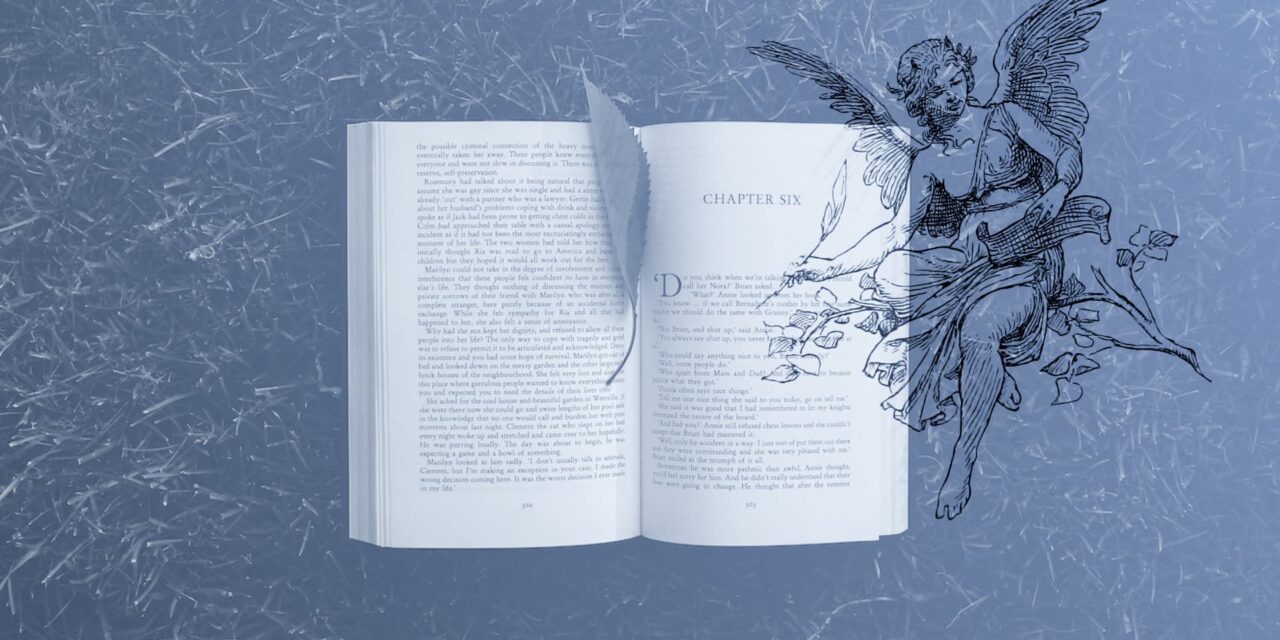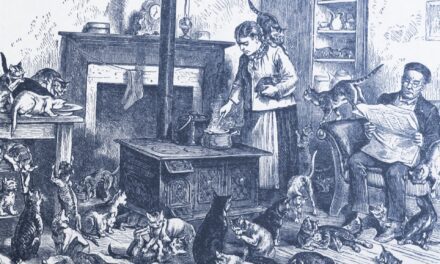
Finding the Ideal Chapter Length for Your Story

Every writer has a different style and voice, and a writer’s unique voice can have an enormous impact on how they determine the length of their chapters. But, while there are no hard and fast rules on the perfect chapter length, there is best practice.
As a general rule of thumb, shorter chapters tend to be more snappy and fast-paced, whereas longer chapters offer more opportunities for plot and character development, world-building, and other integral story elements. That’s why the average chapter length is usually between 1,500-8,000 words, with most books falling between the 3000-4000 range. It’s long enough to get readers invested, while not so long that they lose interest. But while conventional wisdom may say it’s best to stick to industry best practice, that doesn’t mean you can’t break the rules if it fits your story.
What is the purpose of a chapter?
The reason chapters exist is to divide your book into more manageable sections. This makes it easier for readers to keep track of information, stay on top of what’s happening, and find their place in the narrative. This is especially important in non-fiction, where you’ll be separating out big ideas and concepts in a way that is easy for your readers to follow and internalise.
In non-fiction, a chapter serves the following purposes:
- Organisation: Chapters break up the material into manageable sections, making it easier for readers to understand and follow the information presented.
- Clarity: Chapters help to clearly define the main themes, ideas, or subjects, making it easier for readers to understand the central argument.
- Navigation: Chapters help readers navigate through the book. With numbered chapters, readers can easily find the information they are looking for and refer back to it later.
- Retention: Presenting information in smaller chunks makes it easier for the reader to retain the information as it is easier to grasp and remember.
- Structure: Chapter divisions help to organise the book into a logical structure, making it easier for the reader to understand the progression of ideas.
In fiction, however, the purpose of chapter lengths is more narrative-led:
- Break up long text: Fiction books can be long, and chapters allow you to break up the book into smaller sections, making it less intimidating for the reader.
- Pacing: Chapters can be used to control the pacing of a story. For example, shorter chapters can create a sense of tension and suspense, while longer chapters can slow down the pace and provide more descriptive or introspective content.
- Changing PoV: If your story has multiple narrative points of view, then a new chapter clearly shows that the narrator or PoV has changed.
- Scene changes: When a scene changes or the narrative moves from one location to another, a new chapter clarifies that there is a divide in narrative flow at this point.
- Time jumps: A new chapter for a time jump provides a clear demarcation between the different time periods, making it easier for the reader to understand the significance of the jump and how it relates to the overall story, as well as generally maintaining continuity and narrative coherence.
- To end an action beat: Finishing a chapter as a point of action winds down clearly signals to the reader that the current scene or event has come to an end and something new is about to happen. It also helps emphasise the importance of the point of action, so the reader knows its importance in the story.

Why is chapter length important?
It’s important to understand the role of chapter length in your book. Chapters are more than just a break in the action; they help set the rhythm of your story and make it easier for readers to navigate through.
The length of a chapter affects how much information you can give at one time, which, in turn, affects how fast or slow you want your reader to progress. You should consider this when determining how long or short each chapter should be—the goal is always a balance between giving enough information and keeping things interesting enough that readers want more.
The length of a chapter can be used strategically to control the pace of a story; for example, shorter chapters create a sense of tension and suspense, while longer chapters slow down the pace and provide more descriptive content, like character development or world-building.
Moreover, chapter length can also keep the reader engaged. It not only provides natural breaking points where a reader can comfortably step away from your book, but you can also use cliffhangers to encourage them to keep reading. On the other hand, chapters that are too long can lead to reader fatigue and a loss of focus (and, therefore, less engagement with your story).
While these are all great reasons for thinking about chapter length, they don’t mean that you can’t play around and experiment with various lengths that serve your story. For instance, many writers use chapter length for aesthetic reasons. They use a mix of short and long chapters to create a specific rhythm, or punctuate important elements (like a short interlude or flashback).
What is the ideal chapter length?
When it comes to chapter length, there’s no right or wrong answer. The average is around 1,500-8,000 words, but this also varies based on genre. For example, chapters in children’s fiction are shorter than those in adult fiction because the audience expects them to be easier for younger readers. Similarly, non-fiction books often have longer chapters than novels (often split into to sub-chapters) because they include more information or research.
Chapters can also vary depending on whether you want your book to feel snappy and fast-paced or epic. Thrillers, YA novels, and cosy mysteries, for instance, tend to have shorter chapters to keep the story moving forward quickly, while high fantasy, space opera, and literary fiction might lean toward longer chapters as they have much more world-building to fit into their pages.
Here are some examples of famous works that both fit the average or buck the trend:
- The Lord of the Rings by J. R. R. Tolkien has an average chapter length of around 7,500 words, which is on the high side, but still within the bounds of average. The longest chapter in the book, however, is The Council of Elrond which tallies at over 16,000 words, which is considered very long. It’s a fundamental chapter to the plot that includes no scene or time breaks, no varying points of view, and is essential to the book’s world-building and character development.
- The Hobbit by J. R. R. Tolkien has shorter chapters, with an average chapter word count of 5,000. But even this one has a long chapter of over 10,000 words, despite being written with younger readers in mind.
- A Suitable Boy by Vikram Seth has an average chapter length of 31,000 words. Long chapters were intentional, as the book is considered one of the longest novels written in the English language.
- Twilight by Stephenie Meyer has an average chapter length of between 4,000-5,000 words. Being set in a single, small town, it requires fewer scene changes, so a lot of the chapter division is set around time jumps or for dramatic effect.
- Pride and Prejudice by Jane Austen has relatively short chapters. They average around 2,000 words. Austen’s story jumps between points of view, time, and location quite often, which means the chapters are shorter to accommodate.

What chapter length is best for you?
The best way to determine what chapter length is best for you and your story is to first know your genre and reader expectations. If you’re writing for children, or writing a mystery or thriller, then your chapters should be on the shorter side of average. For non-fiction, fantasy, or literary fiction, however, you’ll probably be on the longer side of average.
But, there are always exceptions to the rule! When determining chapter length, consider what feels natural. As you write, you’ll find natural breaks in your story, so don’t be afraid to go with your gut. If a chapter is short, but the scene feels over, then go with it. If it’s long, but still feels unfinished, just keep writing. While publishers may reject books that are too long or too short, the same consideration isn’t given to chapter length. So, as long as the length fits the story, you’ll be unlikely to receive rejections for the length of your chapters.
If you’re ever worried about chapters feeling too long or too short, beta readers can be an invaluable resource as well. They’ll be able to tell you if something is hard to follow, if your story feels too disjointed, or if certain scenes leave them bored. Following their feedback will let you know if you need to expand on any short chapters, or even divide or cull ones that are overlong.
The fundamental truth is that the perfect length for a chapter is the one which best serves your story. Best practice is a good general starting point, but it’s not a rule you must follow to the letter.
The ideal chapter length is subjective and can vary greatly depending on the individual author, the style of the novel, and the needs of the story. However, it’s important to strike a balance between providing enough information to keep readers engaged and not overwhelming them with too much information. Don’t be afraid to experiment with different chapter lengths to find what works best for you and your story. Every story is unique, and while there may be averages that many writers fall into, what works for one author might not work for another.






























